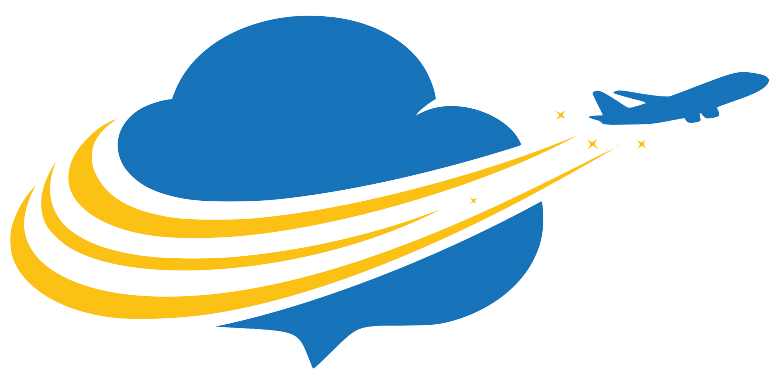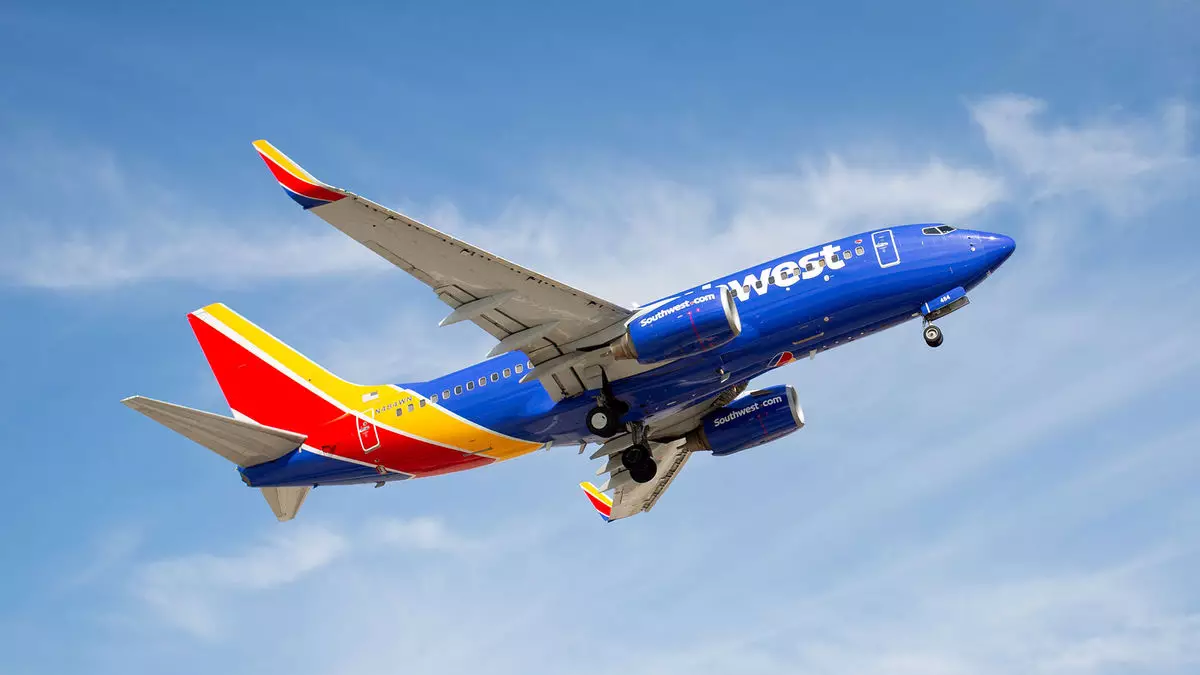Southwest Airlines, a long-time favorite among U.S. travelers, is poised for a significant transformation in its operational and customer engagement strategies. With the airline set to introduces assigned seating and extra-legroom options, the integration of New Distribution Capability (NDC) technology is crucial to Southwest’s future. This strategic move reflects the industry’s changing landscape, where technological advancement is essential for competitive positioning.
In a recent webinar, executives from Southwest outlined their vision, emphasizing that the adoption of NDC is not merely a technical upgrade but a vital component for enhancing the customer experience. Aileen Furlong, the vice president of sales, and Andrew Watterson, the COO, clarified that the airline does not intend to offer exclusive NDC content, countering common misconceptions about such systems being used for restrictive purposes. Instead, they portray NDC as a tool for facilitating the broader sale of new features in Global Distribution Systems (GDS), enabling a simplified approach to offering differentiated services.
As part of its evolution, Southwest Airlines plans to roll out reserved seating options along with extra-legroom seats by late 2023, with implementation on flights by 2026. This strategic shift marks a significant departure from their traditional open seating policy, responding to customer expectations for more premium options in an increasingly competitive market. The implications of this change are vast; not only could it enhance customer satisfaction, but it may also lead to increased revenue as business and leisure travelers alike seek more personalized travel experiences.
It’s noteworthy that Southwest has historically utilized GDSs primarily for corporate bookings, distancing itself from leisure sales platforms. This targeted approach ensures that the airline can maintain control over its pricing and inventory, especially as it navigates the complexities brought on by technological changes. In addition to GDSs, the airline also engages with Travel Management Companies (TMCs) through direct connections and its proprietary Swabiz platform, suggesting that Southwest is keen on tailoring its services to meet the unique demands of corporate clients.
During the webinar, the executives did not provide a specific timeline for the implementation of NDC-enabled booking features, indicating that such developments hinge on Southwest’s ability to modernize its technology infrastructure effectively. This cautious but proactive approach shows that the airline is prioritizing sustainable growth and customer satisfaction over rushed technology adoption. Southwest’s determination to keep customers informed about progress in this area speaks to its commitment to transparency.
Southwest Airlines’ transition towards integrating advanced technology such as NDC into its operations highlights a significant shift in the airline industry. By embracing these changes, Southwest aims to not only enhance its service offerings but also adapt to the evolving needs of travelers in an increasingly digital world. As Southwest continues to modernize its approach, it sets the stage for a future where customer-centric practices and innovative solutions become the standard in air travel. The airline’s journey promises a new chapter, one where technological advancements should align with its core mission: delivering affordable and enjoyable travel experiences.


Leave a Reply